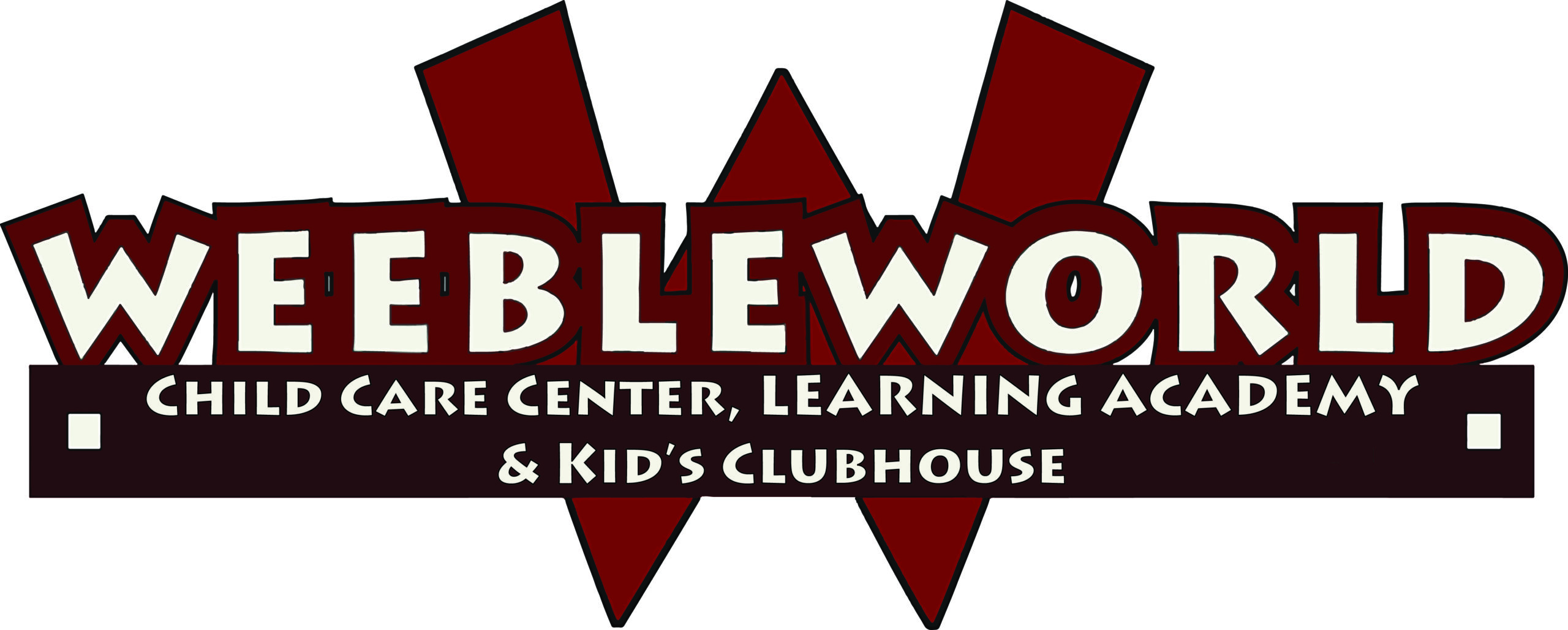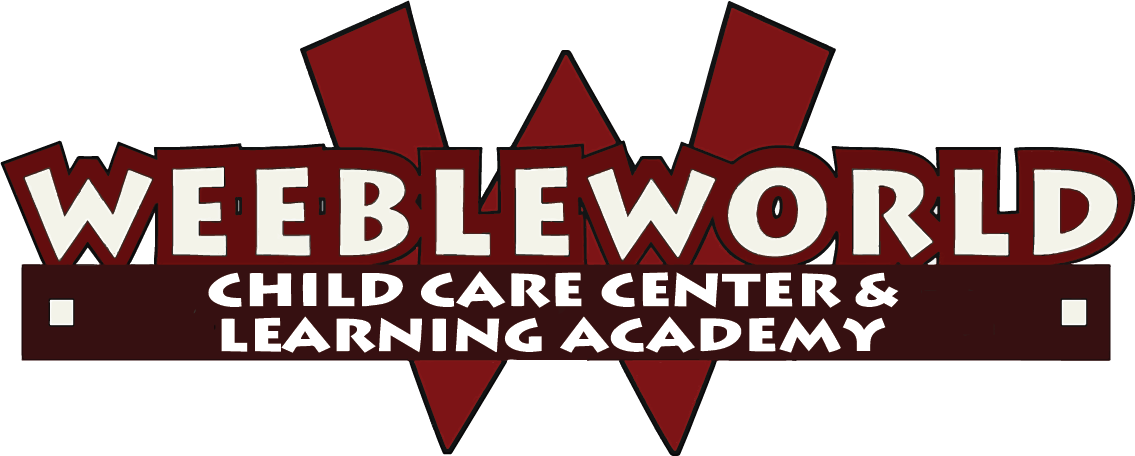What is STEAM and Why is it Important
STEAM is an educational approach to learning that uses Science, Technology, Engineering, the Arts and Mathematics as access points for guiding student inquiry, dialogue, and critical thinking. The end results are students who take thoughtful risks, engage in experiential learning, persist in problem-solving, embrace collaboration, and work through the creative process.
Why is it Important?
Meaningful educational experiences and authentic learning should be integrated across content areas. All too often curriculum and instruction delivery are compartmentalized. First, we teach language arts, then we go to music, then we teach math, then we have lunch, then if we are lucky we have a few minutes to squeeze in science and/or social studies. This approach is not helping our students to develop the necessary critical thinking and collaborating skills that are needed to compete in a rapidly evolving global economy. When looking at the future job market and considering the types of roles our future workforce will need to fill, STEAM education is of extreme value. A recent Georgetown University study on job growth and education requirements in the workforce through the year 2020 found that nearly 55 million jobs could go unfilled due to skill gaps, mainly in the fields of healthcare STEAM-related fields. As more educators and lawmakers consider these statistics, STEAM education continues to be embraced and implemented into curriculums and lesson plans.
Even more, in a constantly-changing world, the importance of creativity in the workforce is getting more and more attention. That’s why art programs are essential in the STEAM learning process, especially with preschoolers and kindergartners.
But STEAM at this Age?
While young children may not be ready to understand multiplication or how computers work. They can develop a strong foundation for future learning by exploring STEAM skills and concepts through play and discussion, then applying those skills through more play.
Science:
Science encourages investigation and answering questions, often involving experimentation.
Technology:
Technology refers to using simple tools like crayons and rulers, as well as more complex ones like microscopes and computers.
Engineering:
Engineering refers to recognizing problems and testing solutions.
Arts:
Arts encourage creativity and allow children to illustrate concepts they are learning.
Mathematics:
Mathematics deals with numbers, but also patterns, shapes, organizational skills and much more.


